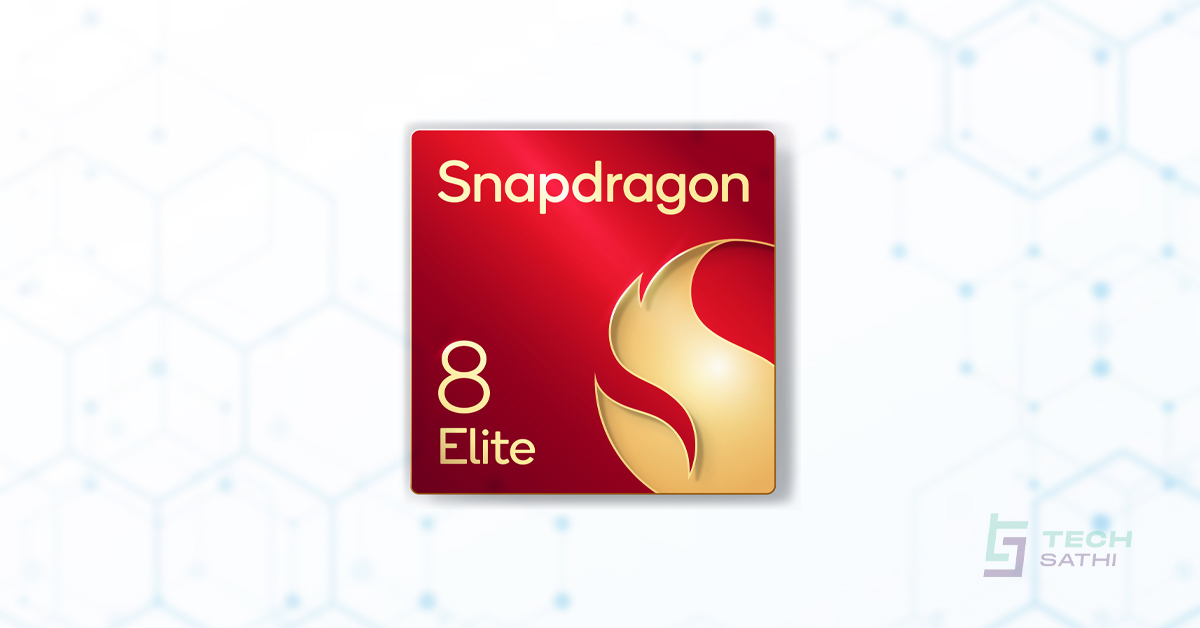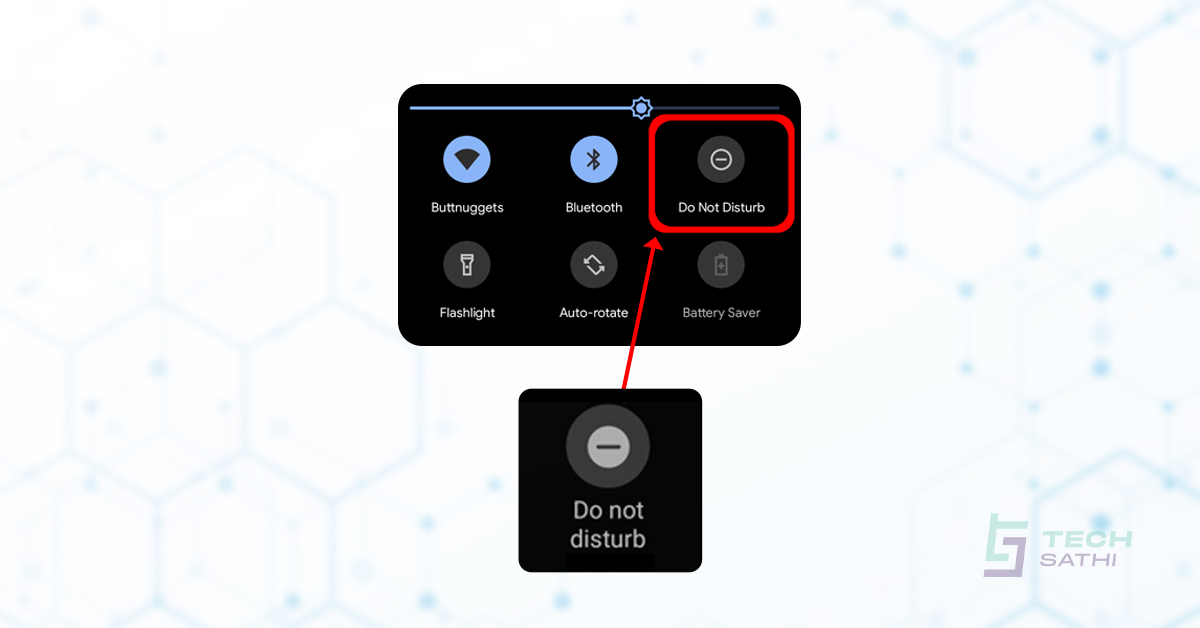For decades, lithium-ion batteries have powered our smartphones, laptops, and electric vehicles. Their reliability and safety made them the gold standard. But their performance has barely improved in recent years. Most gains have been small, just 3 to 5% per generation.
The core issue lies in the anode material: graphite. It can only store so many lithium ions. Its maximum capacity is capped at 372mAh/g. That limit has held back real progress. As devices get thinner and more powerful, battery life has become a growing pain point.
Users want longer runtimes without sacrificing design. Lithium-ion alone can’t deliver that anymore. We’ve reached a plateau. But now, a new contender is stepping forward.
Silicon: High Reward, High Risk
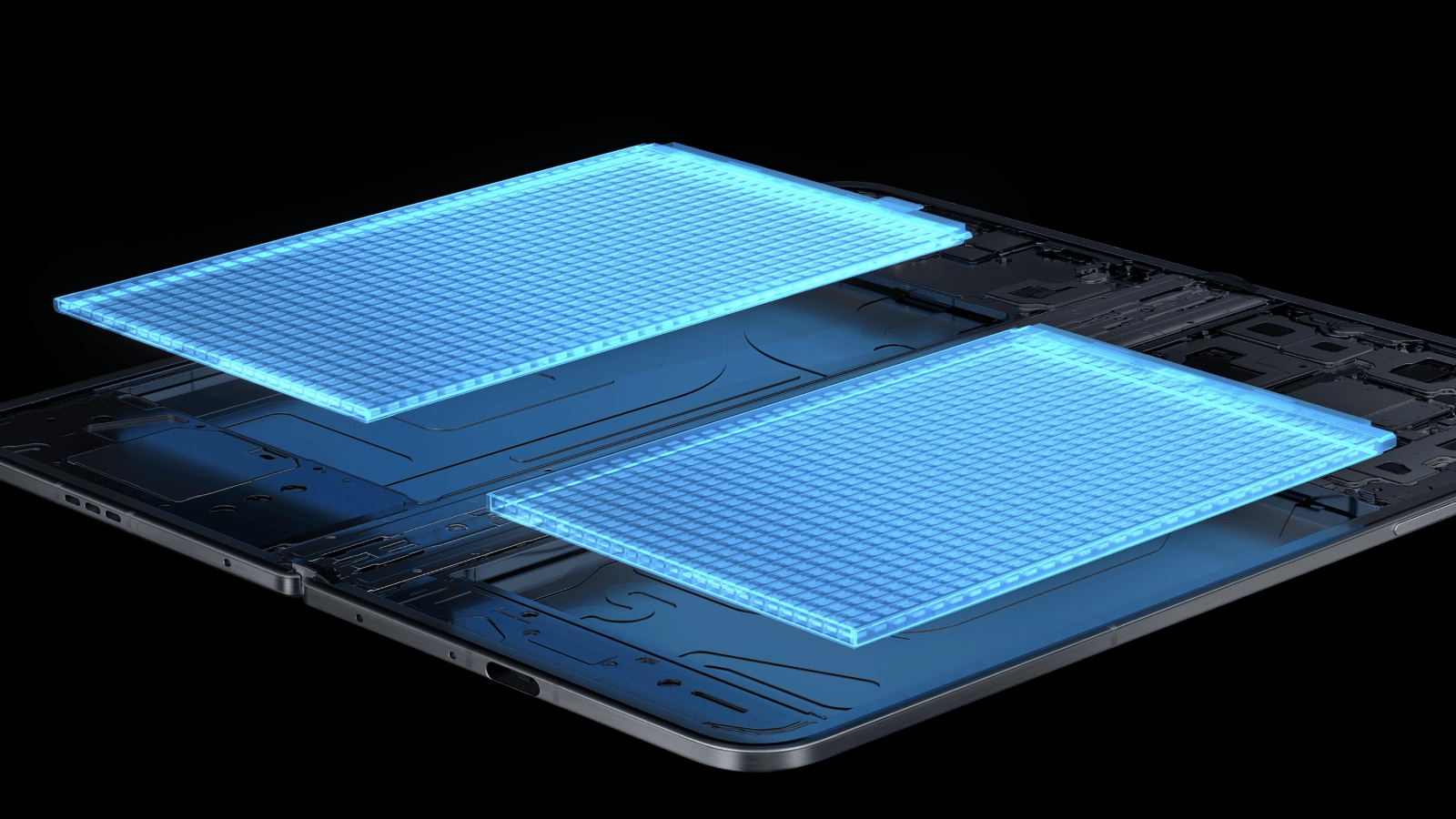
Silicon offers a massive leap in energy storage. It can theoretically hold up to ,200mAh/g, nearly ten times more than graphite. That kind of boost could transform how we use mobile devices.
But there’s a major problem. Silicon swells dramatically when charged, by 300 to 400%. This expansion breaks down the battery’s internal structure over time. Early attempts at silicon anodes failed because they degraded too quickly.
No one wants a phone that puffs up after a few months. So pure silicon wasn’t the answer. The solution? Combine it with something stronger.
Enter Silicon-Carbon: The Smart Compromise
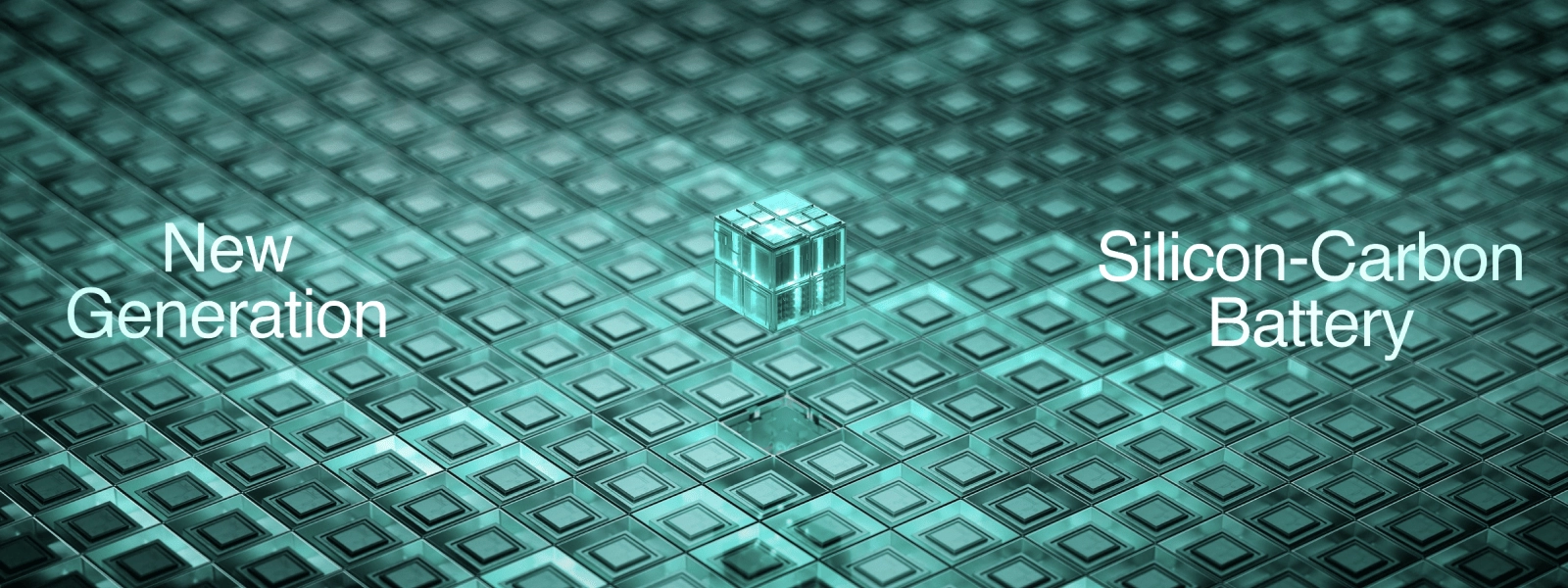
The breakthrough came with silicon-carbon (Si/C) composites. These mix a small amount of nano-silicon into a carbon-based framework. The carbon acts like a skeleton, holding everything together.
Most Si/C anodes use just 5 to 15% silicon. That’s enough to lift energy density by 10 to 20%. More importantly, it prevents the destructive swelling seen in pure silicon.
This hybrid approach keeps the benefits of silicon while avoiding its flaws. It’s not a complete overhaul. It’s a smart upgrade to existing lithium-ion systems. And it’s already making a difference in real-world devices.
Real Gains in Real Devices
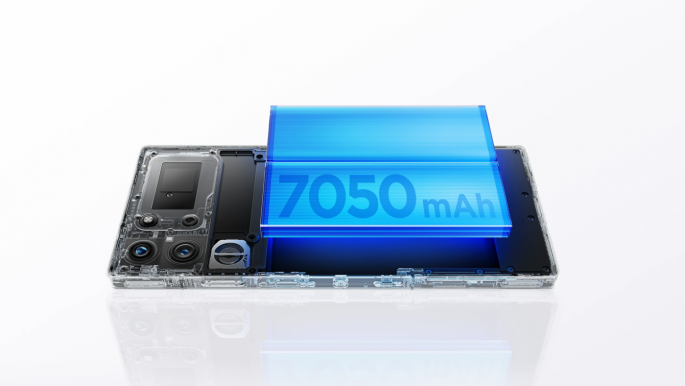
Silicon-carbon batteries work like traditional ones. Lithium ions move between electrodes during charging and discharging. But the Si/C anode stores more ions in the same space.
This means one of two things: either a bigger battery in the same size, or the same capacity in a slimmer body. For example, a 5,000mAh cell can now offer 6,000mAh without growing larger.
Manufacturers are using this flexibility in clever ways. Some are boosting capacity. Others are slimming down devices. Either way, users win.
Tests show these batteries also perform better at low voltages. Honor reported 240% more usable power at 3.5V compared to standard cells. That translates to more screen time when the battery is nearly empty.
You might also like : Maximizing Battery Life on Samsung Galaxy Devices with One UI 6.1
Why the Timing Is Perfect
The shift started in 2023 when Honor introduced the first smartphone with a silicon-carbon battery. Since then, adoption has exploded. Xiaomi, OnePlus, Vivo, Oppo, and even Huawei’s budget lines now use the tech.
Foldable phones have benefited the most. Models like the Honor Magic V2 and Vivo X Fold 3 Pro deliver all-day battery life in ultra-thin bodies. Just a few years ago, that seemed impossible.
By 2025, flagship phones like the OnePlus 13 and Xiaomi 15 Ultra packed 6,000mAh Si/C batteries with no added thickness. Even budget phones got in on the action. Huawei launched a $170 model with a 6,620mAh cell.
Honor’s Power series went further, fitting an 8,000mAh battery into a phone under 8mm thick. The trade-off between slim design and long battery life is finally fading.
Where Are Apple and Samsung?
Despite the momentum, two giants are holding back: Apple and Samsung. Both are known for prioritizing long-term reliability over early adoption.
Early Si/C batteries did degrade faster than traditional ones. Also, large single-cell batteries over 20Wh face shipping restrictions. Many brands avoid this by using dual-cell designs.
But change is coming. Samsung is reportedly testing silicon-carbon for the Galaxy S26. Apple likely wants to see these batteries retain 80% capacity after 500 cycles before jumping in.
Once they meet Apple’s standards, expect a big marketing push. The tech will be rebranded, repackaged, and presented as a game-changer.
What’s Next for Battery Tech?
Silicon-carbon isn’t the final step. Solid-state and sodium-ion batteries are on the horizon. But they’re still years away from mass production.
Right now, Si/C offers the best balance of innovation and practicality. It enhances lithium-ion without requiring a complete redesign of manufacturing processes.
As phones get smarter, with AI features, brighter screens, and heavier workloads, battery demands will only grow.
Silicon-carbon arrives at the perfect time. It won’t eliminate charging, but it could end battery anxiety. No more scrambling for outlets. No more carrying power banks. Just longer-lasting devices that keep up with real life.
This isn’t science fiction. It’s chemistry, refined. And it’s already here.

